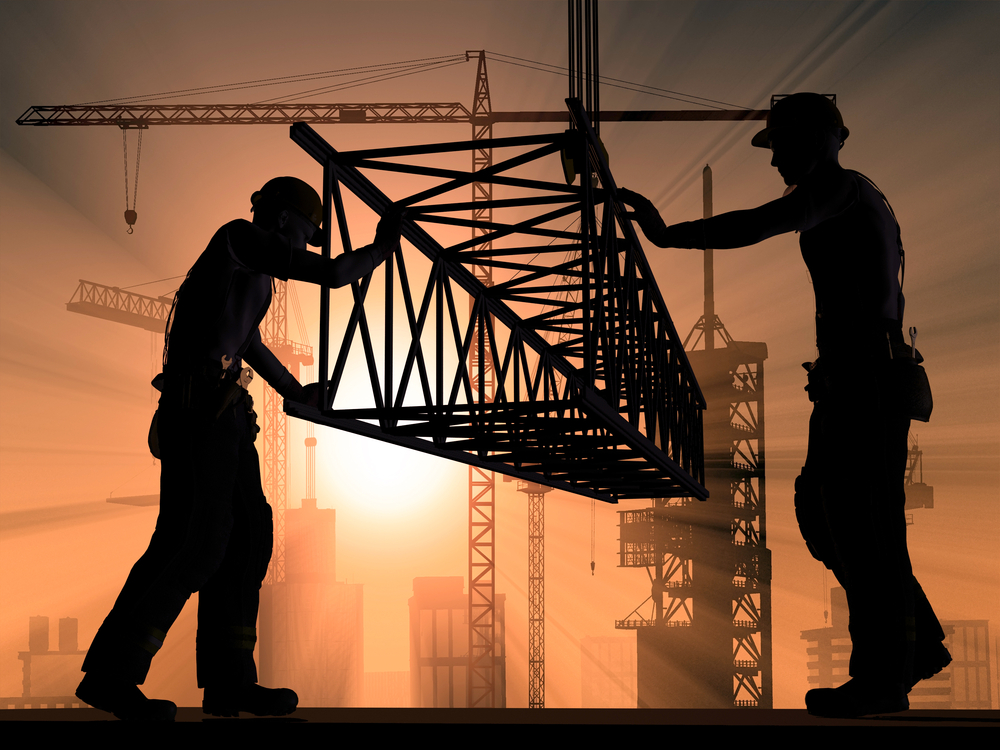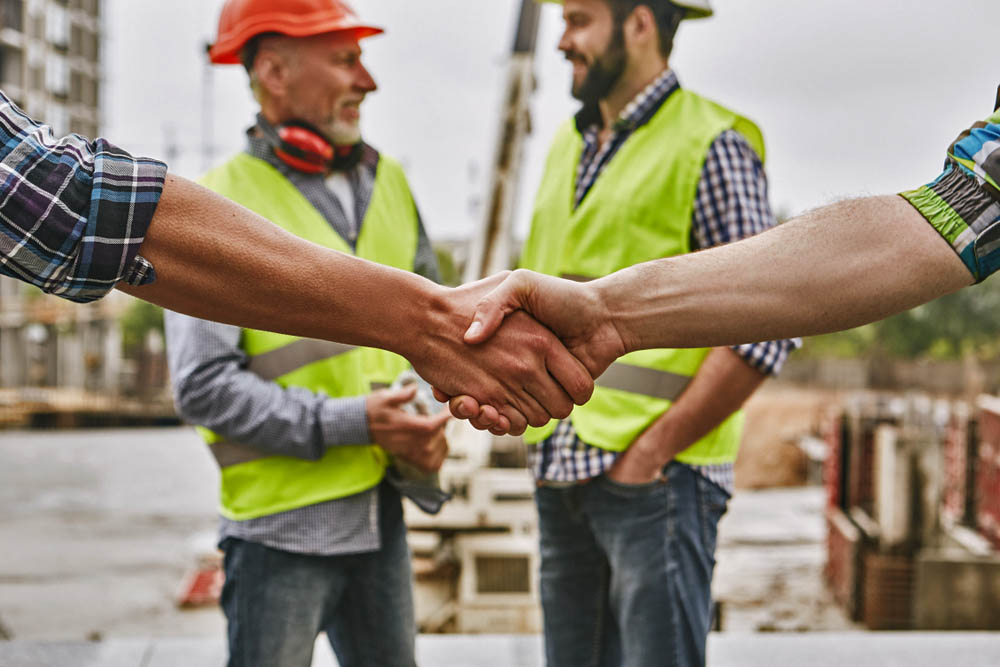On the job site, safety is always a team sport. Even if most team members follow all appropriate regulations, just one person who ignores the rules or fails to use the right safety supplies can cause a serious accident.
If you want to build a culture of safety on your job sites (and you should), it’s critical to lay the foundation first. That foundation is made of teamwork and respect, and there’s no substitute for building it carefully and correctly.
Why are these concepts so crucial to safer job sites, and how can you help foster them in the job sites you manage? We’ll examine six ways that personal relationships on the job site can make or break your safety compliance.

Employees must be able to trust their coworkers
Construction workers put their lives in their coworkers’ hands every day. From operating heavy equipment to securing safety gear correctly, the life and health of every worker on a construction site depend on the diligence and respect of their fellow workers.
Every person on a job site forms a safety net that helps spot mistakes and prevents injuries. The stronger the employees’ interpersonal connections, the stronger the net. In a truly strong net, compliance issues can be pointed out without workers feeling personally attacked, and everyone takes responsibility for everyone else’s continued safety.
Employees must be able to trust their management
The relationship of mutual respect and teamwork in construction must also extend up the chain of command. Workers must feel that management has their best interests in mind and has genuine respect for their safety and well-being.
Management is responsible for making investments that keep workers safe. If workers see that their leadership can’t be bothered to invest in up-to-date safety equipment, it’s unlikely that they’ll take the time to make their own safety practices sparkle. Respect has to run both up and down the chain of command.
This is especially important when it comes to reporting safety issues. Workers should know that they have nothing to fear from coming forward when they notice a problem. Make sure that site-level managers are committed to a culture of transparency and that you have a strict policy against any kind of retaliation.

Teamwork is the foundation of effective training
Proper training is a foundational element of workplace safety and, in order to create effective training programs, workers need to respect and value one another. Training should be a time when anyone can ask honest questions and get factual answers from a team member who respects them.
Be particularly careful in looking at how your workers onboard new employees. Good relationships begin early, so think carefully about who you can trust to give a good introduction to your safety culture. Trainers should treat new employees with respect while simultaneously instilling a sense of duty in them toward their fellow employees’ well-being.
Respect fosters a mentality of consistency
Every worker has their own role to play in job site safety. When workers know their role and feel respected in it, they’re more likely to apply the consistent effort that it takes to make a job site safe. That’s critical because complacency is safety’s worst enemy on a job site. Workers who understand their responsibilities and respect their coworkers will put in the effort to follow through on best practices, even when it means doing the same task day after day. They know that their coworkers’ lives depend on their consistency and respect their roles in the process.
You can encourage this by rewarding consistency in your employees. Make consistency a major factor in how you award promotions and raises, and give praise to the employees who demonstrate the ability to get it right day after day without slip-ups.
Safety culture flourishes when team members are proud of it
A thriving safety culture has no room for tough-guy antics or workers who shame others for taking the right safety precautions. Nobody is too cool to wear high visibility clothing or complete a proper lockout process when cleaning machinery, and a solid safety culture can often handle these jobsite-level issues without management even getting involved.
Choosing and retaining the right team members is a key part of this. Some workers simply can’t let go of the devil-may-care cowboy mentality that leads (for example) to roofers working without fall protection. If you have workers like this on your job site, they could be damaging your safety culture, and they need to either change or go.
Instead, safety should be a point of pride for your job site, and that pride should extend down to the details. In a truly healthy and mature safety culture, workers will go above and beyond following the basic compliance rules and be motivated to get even the small details right.
Personal conflicts make job sites less safe
There should be zero tolerance for personal grudges on your job site. Any workers who have a grievance with others need to communicate their issues either through a respectful conversation or through a mediation process. Failing that, individuals may need to be separated or even terminated. Take a look at your workplace dispute resolution process and ask if it’s equipped to handle the real issues that can crop up on a job site. Do you have mediation processes available, and do people actually feel comfortable using them? Are they designed according to current best practices in workplace mediation?
Another key part of this is rooting out harassment and racism at your job sites. These things are a psychological poison that spreads outward from the perpetrator and which can end up destroying the relationships that keep construction crews strong. Make it clear from the start that there will be absolutely no tolerance for any kind of prejudice or bullying at your job sites.
Jobsite safety is one area where you can’t afford to be operating at less than 100 percent. Maintaining consistency begins with transparency and trust and is built from there—so start with leading by example.
More on health and safety from Skill Builder
GMB Call for Safe & Healthy Environment for Bus Drivers Following COVID-19 Deaths




